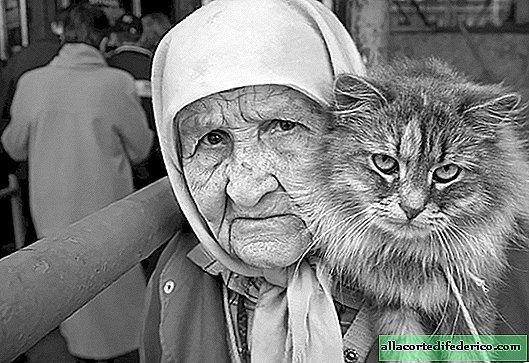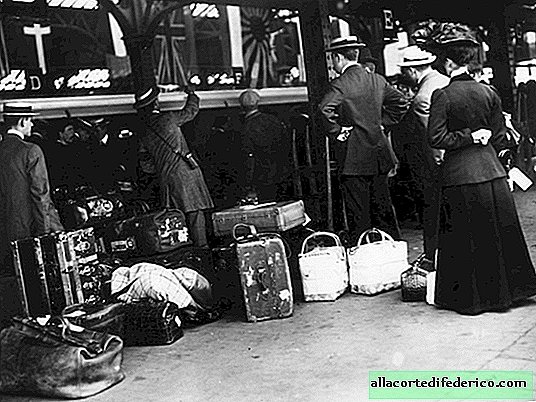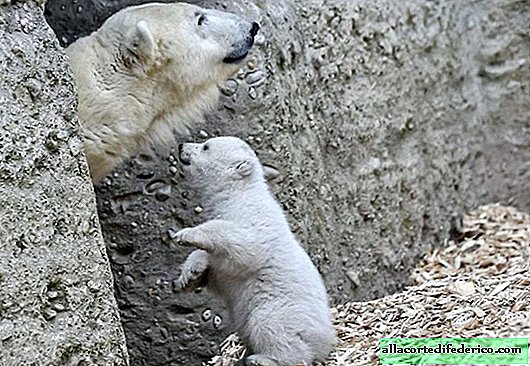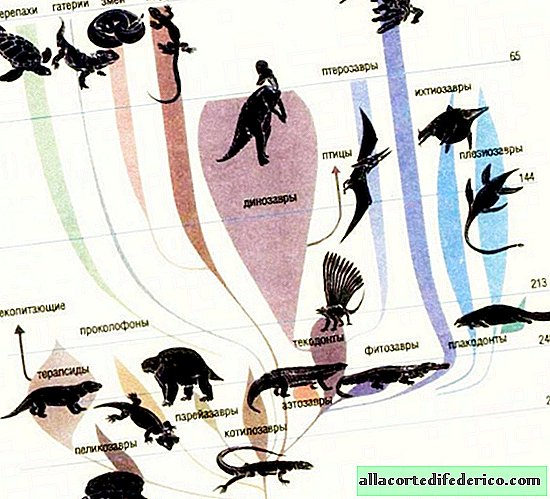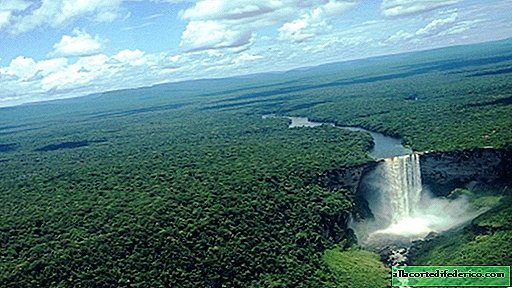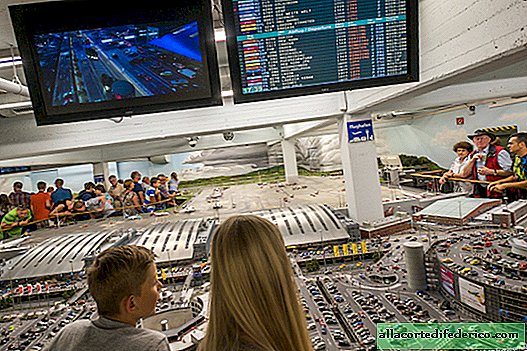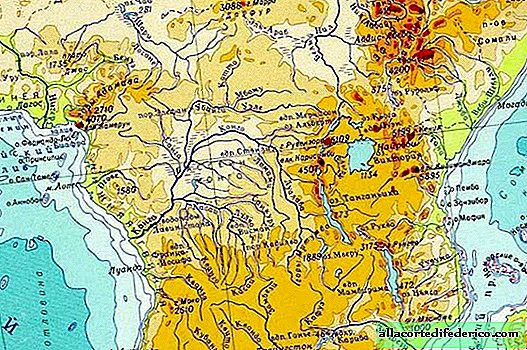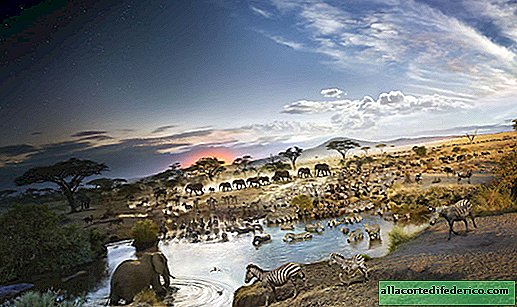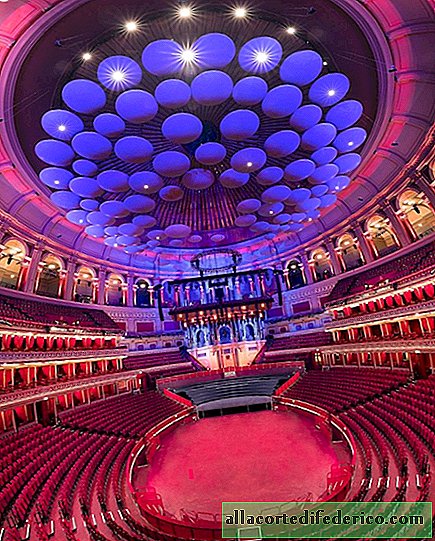Asia's hidden secret: where is the grave of Genghis Khan
According to one legend, a riverbed was laid over the grave of the great Genghis Khan so that no one could find the burial place. According to another version, immediately after the funeral, a herd of horses flocked over the grave, which erased all traces of the burial. Whether it is true or not, it is not known for certain, but the fact that the teams of archaeologists and historians from several countries are looking for the burial place of Genghis Khan and still cannot find it is a real fact. Moreover, the Mongols themselves do not seek to find the grave of their great ancestor, because Genghis Khan wanted the place of his burial to remain a secret.
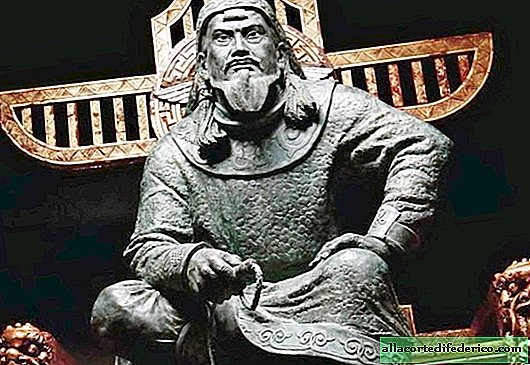
Not far from Ulan Bator is a grandiose monument to Genghis Khan - a huge equestrian statue on a round pedestal rises above the boundless Mongolian steppe. And in the Chinese region of Egen Khoro (Inner Mongolia), which is translated from Mongolian as "sacred tomb", is the mausoleum of Genghis Khan. But these are only monuments dedicated to the great khan, which are in no way connected with the real whereabouts of his tomb.

Genghis Khan - the founder of the great Mongolian state, in 1206 he managed to unite disparate Mongolian tribes and create a huge empire. Genghis Khan stood at the head of the army, which over 20 years conquered a vast territory, increasing the possession of the Mongols at times. At the time of his death in 1227, the borders of the Mongol Empire extended from the Caspian Sea in the west to the Sea of Japan and the Yellow Sea in the east. In the north, the empire was limited to impenetrable taiga Siberian forests, and in the south, the Mongols managed to conquer vast areas of Central Asia and the northern regions of China, including Beijing and the Yellow River Valley.


The Mongols believe that it is not worth looking for the place of burial of the khan, and part of society even adheres to the point of view that the discovery and opening of the grave can lead to great misfortunes. According to Mongolian traditions, if the body of the ruler is not touched, then his soul will protect the people from misfortunes and adversities. The authorities are also against conducting large-scale searches for the grave: one of the scientific Mongol-Japanese expeditions organized for this purpose in the 1990s was suspended for an indefinite period.

There are several options for the location of the grave, including on the border territory of Russia or in Inner Mongolia, but Mount Burkhan-Khaldun is considered one of the most likely burial places. This region is located in northern Mongolia on the border with Russia. Genghis Khan considered this place sacred, and here, as most researchers believe, his soldiers brought the body of the khan for burial. This area is still considered sacred to the Mongols, so there can be no talk of any large-scale excavations in this territory. Nevertheless, American, Japanese, French scientists and researchers from other countries using modern technologies are exploring this area of Mongolia for the presence of traces of burial.
 Mount Burkhan-Khaldun
Mount Burkhan-KhaldunThe greatest success was achieved by French researchers led by archaeologist Pierre-Henri Giscard, who decided to explore the massif with a flying drone in the hope of detecting possible uneven terrain. During the expedition, scientists compiled a digital elevation model, after analyzing which a large hill was discovered with several patrimonial signs of the Mongol nobility in the form of stones on the slopes. Researchers are sure that this is where the grave of the great khan lies, but since the Mongol authorities do not allow more extensive research here, the secret of Genghis Khan’s grave remains unsolved.
 The alleged burial place of Genghis Khan, according to Pierre-Henri Giscard
The alleged burial place of Genghis Khan, according to Pierre-Henri Giscard


